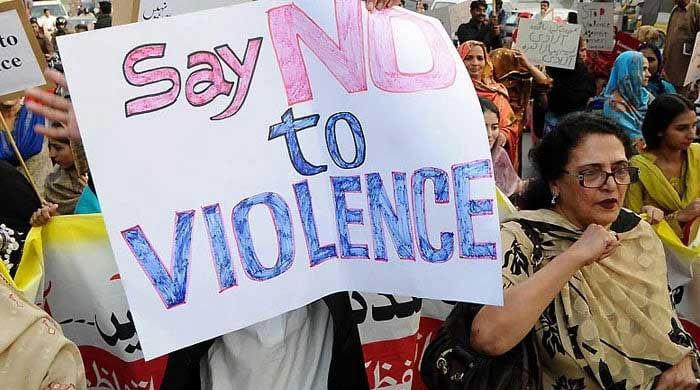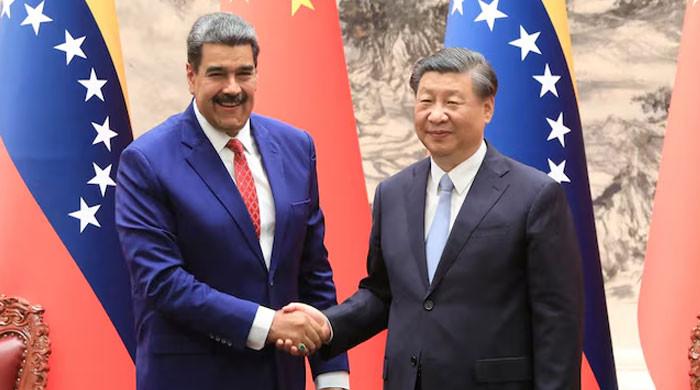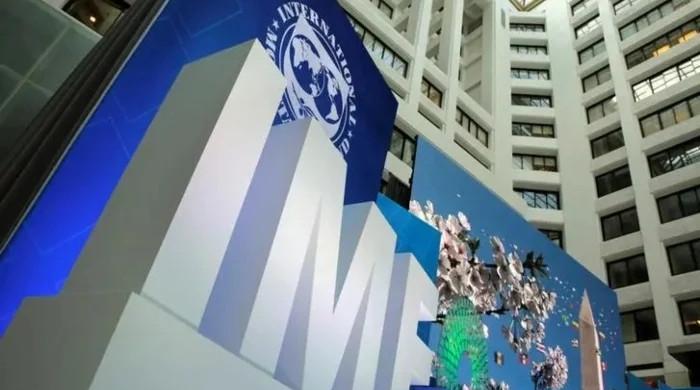Should higher education be free in Pakistan?
How many Pakistani universities publish statistics about their programmes like employment rates of graduates after six months/a year?
April 25, 2022

The dream of free, quality higher education is an ideal only a few countries have been able to realise. Among them are Germany, Iceland, Finland, Norway, Sweden, France, Austria, Denmark, Luxembourg, and the Czech Republic — mostly well-to-do western European countries.
Pakistan is a country of 230 million, much larger than any of the countries on this list. Although the country only has a modest 220-or-so higher education institutions (HEIs), its low GDP means most of them remain perpetually starved for resources. Article 25A of the Constitution of Pakistan declares education a right for all citizens, but this right extends only up to age sixteen — which means it does not include higher education.
Question: In a country like ours, where resources are limited, and assigning them to one priority means snatching them away from another, to what degree (if at all) should higher education be subsidised by the state? Should the resources we have be spent in the service of raising quality or improving access? Have we calculated the return on investment for different universities and programmes?
These challenges are not unique to Pakistan. The cost of higher education has been rising across the globe. The Great Recession of 2008 was a blow to budgets of HEI across the globe, particularly those supported in whole or part by public funds. The slowdown in the global economy due to COVID-19 in 2020 and 2021 was yet another blow. Universities across the world are grappling with similar realities.
A few weeks ago, I had the opportunity to attend a series of meetings with students, faculty and vice-chancellors of universities in a particular province. The questions that were put to attendees were along the same lines: “Tell us, what are your problems?” Students and faculty were able to provide a list of concrete issues broadly supported by attendees. I was particularly impressed by the eloquence of several students and some reasonable proposals for their resolution.
The session with the VCs was more lacklustre. They had only one thing to say: we are autonomous, and we are capable of solving our problems ourselves, just give us funds. Can a university be truly autonomous if it is fully dependent on public funds for survival?
The shortage of funds that these universities face is not unique to Pakistan — it is a global challenge right now. What is different is how universities globally are meeting this challenge versus our universities at home.
The argument for at least subsidising or making higher education free is that it is a public good; educated citizens will be more productive and be of greater benefit to their communities and ultimately the country. That is a valid argument, but only if universities can demonstrate that the education they impart has that desired effect. How many universities in Pakistan publish any meaningful statistics about their programmes, such as employment rates of graduates after six months/a year?
This can be as simple as a single table (see the University of Toronto as an example here: https://data.utoronto.ca/graduation-employment-and-government-loan-default-rates-2018/). In the US, the Department of Education requires all universities to report the average annual cost of attendance, median earnings after graduation (broken down by programmes), percentage of students who return after their first year, etc. and publishes these statistics (see: https://collegescorecard.ed.gov/).
Simply put, if universities want to lay claim to providing education for the larger public good and (in the case of private HEIs) justify higher tuition costs, they need to back that up by reporting the rate of return on their programmes.
In another op-ed in these pages a few weeks ago (‘Not Skilled for Work’, March 7, 2022) I had dissected the data of 400,000 applicants to 240 (mostly vocational) training programmes made available under the Kamyab Jawan programme. A standout observation was that 28%, or 106,198, applications were from people holding BA/BS, MA/MS or PhD degrees, including many from the country’s flagship public universities. These numbers cast doubt on many universities’ claims that they are offering relevant programs that are an equalising force.
It is clear that some universities offer a better rate of return on the investment in a college education than others (whether it is made by students in the form of tuition fees or by the state in the form of subsidies). That provides an argument to tie public funding to performance, so money is spent where it does more good. If a programme offers a good rate of return it is not unreasonable to ask students to shoulder a bigger share of the cost. Some subsidies can still be provided on the basis of need and/or merit. If the rate of return on a programme is low, higher education market forces will eventually eliminate it.
The argument that universities offer something that technical and vocational programs cannot (the ability to think and learn independently through one’s life) is weak in our context. It suggests that even a strong, revamped associate degree or vocational training programmes are somehow inherently incapable of broadening students’ horizons and impart life skills. If that is the benchmark of a university programme, most universities are failing it, and they and the HEC acknowledge it.
How can universities become less dependent on public funding in a tight fiscal environment?
Universities across the world maintain endowment funds which are invested to create additional revenue streams to be spent on the welfare of students and running the university. These university endowment funds are often supported by philanthropic giving, tapping corporate social responsibility programmes in the private sector and the institution’s own alumni network.
Universities these days also generate funds by better utilisation of their resources. Many universities do that by leasing or renting their properties or providing services with the facilities they have available.
The core function of universities is to provide an education. Many older institutions in particular have taken on the responsibility of many non-core functions such as transportation, boarding, and food which add to their staff headcount and pension burden. Functions that are not core to the university’s mission but whose subsidisation adds to the financial burden should be outsourced or left to the private sector.
Another approach is to trim the fat by combining, streamlining or entirely shuttering departments and programmes that see low demand or deliver low performance.
Instead of looking into any of these options, universities are cutting costs in the last place they should. They are hiring faculty on short-term, single-semester contracts, which is ordinarily a stop-gap measure. As a result, instructional quality is suffering and has reduced universities to little more than glorified schools.
Universities are incentivised to raise their enrollment numbers to secure a bigger piece of the public funding pie. Several universities have launched new programmes, but often without hiring prerequisite permanent PhD-qualified faculty, as required by the HEC, for the programme to be accredited. MPhil students from one university I talked to discovered only after graduating that their programme was not approved by the HEC and, therefore, they could not receive a degree. All while the university was happy to continue collecting tuition fee payments for years.
Meanwhile, we are learning today that one IMF condition for the resumption of its programme with Pakistan is a cut of Rs100 billion (down to Rs600 billion) to its Public Sector Development Program (PSDP) until the end of the current fiscal year. That is in addition to the 25% cut imposed on the PSDP already by the PTI government as it was making its exit. This will mean a shrinking allocation for education. This news comes on the same day that new Minister of Planning Dr Ahsan Iqbal announced that the government will restore the HEC’s funding. How can you square this circle?
This is all the more reason to place a moratorium on raising new universities that lack business and sustainability plans. This will also mean an end to handing out universities to legislators like lollipops. Two decades ago, every MPA and MNA was asking for schools, a decade ago they demanded cadet colleges, and now everyone wants a university in their hometown — without any thought to where the money to run these will come from.
It is important to have this tough conversation about funding now because: first, it holds universities responsible; and second, it pushes us to think of alternative pathways for students to get an education that enables upward mobility.
Bottomline: university VCs need to recognise that they can no longer count solely on public funds, regardless of what some headlines today might promise. Their claims of autonomy will ring hollow as long as their pockets are perpetually empty and they remain (fully) dependent on outside funds.
The writer has a PhD in Education.
Originally published in The News











